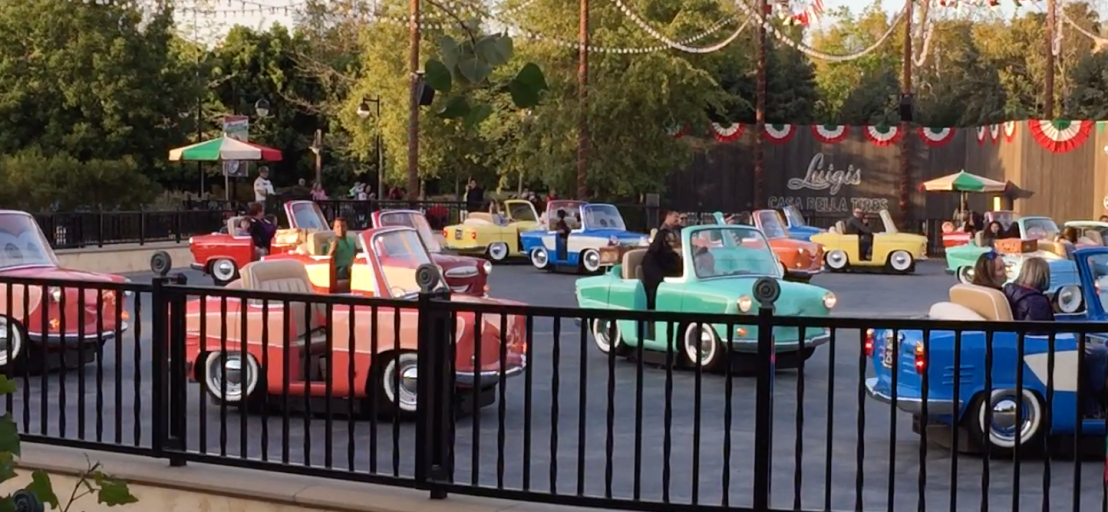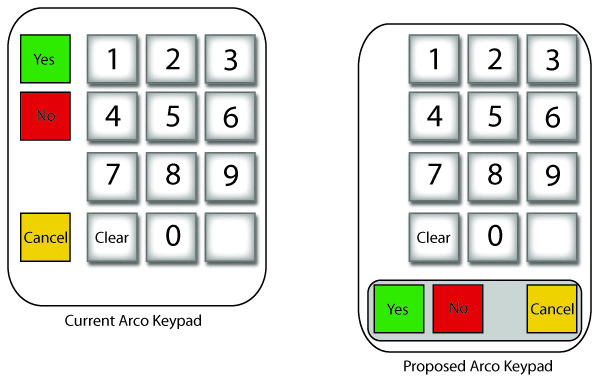
Yesterday — a Wednesday after Spring Break was supposed to be over, my 19 year old son and I made a 2 hour pilgrimage to the Disneyland Resort, or as we native Southern Californian’s call it, Disneyland.
I chose a Wednesday because it’s known as one of the lesser busy days. Add that I thought Spring Break was over, and it should have been a pretty slow day there. Lines should have been short, we should have been able to get on lots of rides, and moving from one area to the other should have been relatively simple.
It was, and it wasn’t. Turns out there was still a little bit of Spring Break going on, and everyone has been clued in that Wednesday is the slow day. (Turns out it’s TUESDAYS now).
Lines were anywhere from 25 minutes to 115 minutes (Radiator Springs Racers). But that was okay, as we planned on working around that, and a 65 minute line was bearable as it was a cool day out.
But the thing is, with all the people, lines, rides being stopped occasionally, it was still a great day and the title “Happiest Place on Earth” managed to live up to it’s name.
And that made me think why that is, from an experience designer’s point of view. I know nothing can ever be perfect, and there’s always room for improvement, whether it’s from an overall look at something, or down to the littlest of details.
As an experience designer, it’s my job (and that of fellow Experience Designers wherer they be a UX Designer, Interaction Designer, Information Architect, UX Researcher, Visual Designer, or theme park designer, producer, etc.), to create amazing, user-friendly, engaging, and even magical experiences for our audience.
In other words – A Happy Experience.
We know everything has room for improvement, and there’s never a point where something can be perfect. Walt Disney knew that, as he had said, basically, that he never wanted Disneyland to stay the same – he wanted to improve upon what first opened on July 17th, 1955. He knew it could only get better with time, technology, and the endless creativity of his Imagineers. But, Disneyland took what had been already done (amusement parks had been around for decades), and made it better.
Steve Jobs knew the iPhone wasn’t perfect, and there were plenty of mobile phones ahead of the iPhone, and even a couple smart phones. But Apple took what had been already done, and did it better. It wasn’t perfect, and will never be. But it’s overall a pretty good, to sometimes great, or even magical experience.
And it hit me yesterday as I was there at the park, what can make a Happy Experience, even among the crowds and lines. Same goes for apps we use, devices we interact with, etc.
It was the small details. Things the experience designers come up with that make you, the audience, go “wow”, or smile, or anything that creates that moment of magic. We know it’s not going to be perfect – what with budgets, deadlines, project timelines, and knowing there will always be a better way or better idea.
But we will always do our best to create those moments of magic.
It’s sometimes in the big things, but most of the time it’s in the little details.
Getting a hug from a Wookie, or a watching a group of street performers give their all (and you know it’s probably been a long day for them) are some moments of magic that the Disney Imagineers think of.


And there are some that they don’t — one’s that just happen.
Yesterday, there were a few magical moments for us, and I could see some for other park guests. One of them for us was we decided to stop by the Main Street Train Station, as we knew the trains were not running due to the Star Wars Land expansion. We were headed to California Adventure, and decided to take a little detour.
As we made our way up the door to the station, it looked like they were closing, but the Castmember let us in. We got to see the replica of Walt’s own live steamer he ran at his house, and then went out the platform to see #4 with the Lily Belle car at the end. There wasn’t a lot of people, and so I started to take some nice photos of the train. I noticed nearby was one of the engineers tending to it, so I struck up a conversation with him.


My son and I learned a lot about the engine (it was built in 1929 and was used at a rock quarry), as well as the engineer’s background, and met another engineer who’s from San Diego, and got to chat with both of them as well as the conductor.
They even took a photo of my son and I from down on the tracks, and offered to take us on a tour next time we came back.

That was a magical moment — one I’m sure not a lot of people get, except those who take the time to get off the beaten track (no pun) and explore a little bit.
The next magical moment happened when we were ready to head home, and decided to check out the new Luigi’s Rollicking Roadsters ride. 45 minutes.
As we stood in line and finally were in the main queue outside the building to see what was going on, I could see a smile on my son’s face as he and I watched the other riders experience a random Italian dance performed by the cars.
And you could see the smiles, laughter, and children inside all the adults out there being children again.
That was magical. We all know life can be hard. As experience designers, it’s our purpose in life to make the things people have to do everyday that they necessarily don’t want to, magical.
If even for a moment.
Nothing is perfect, but we can do our best to make things a little more so.




